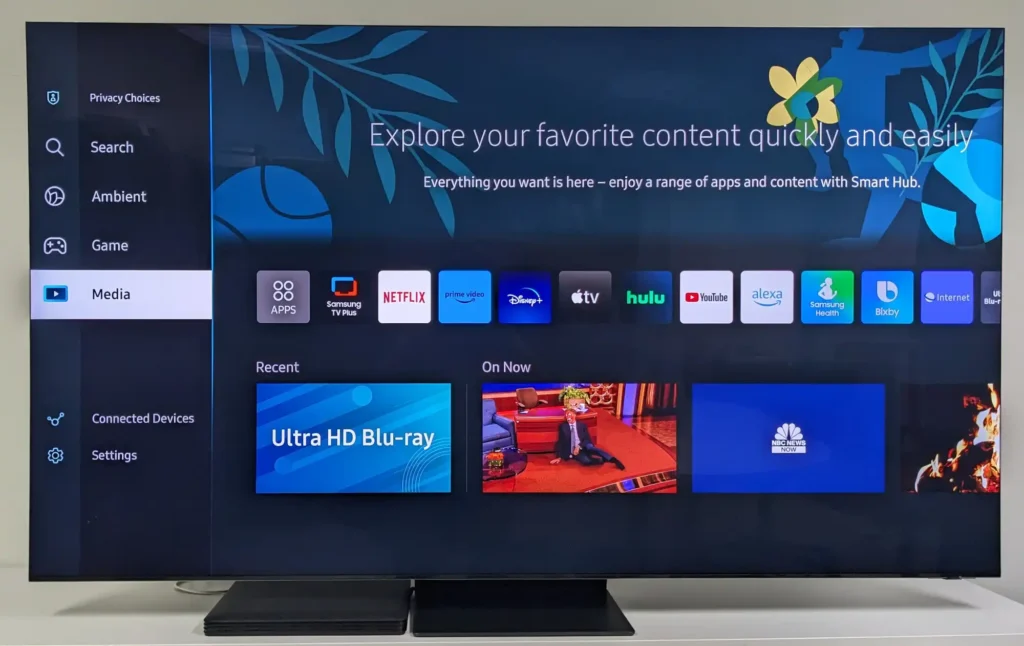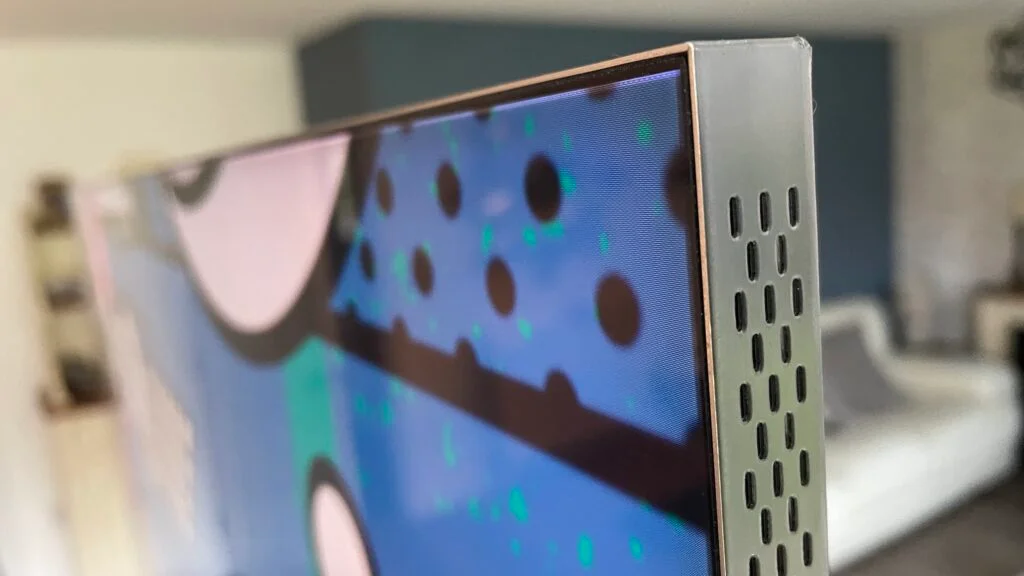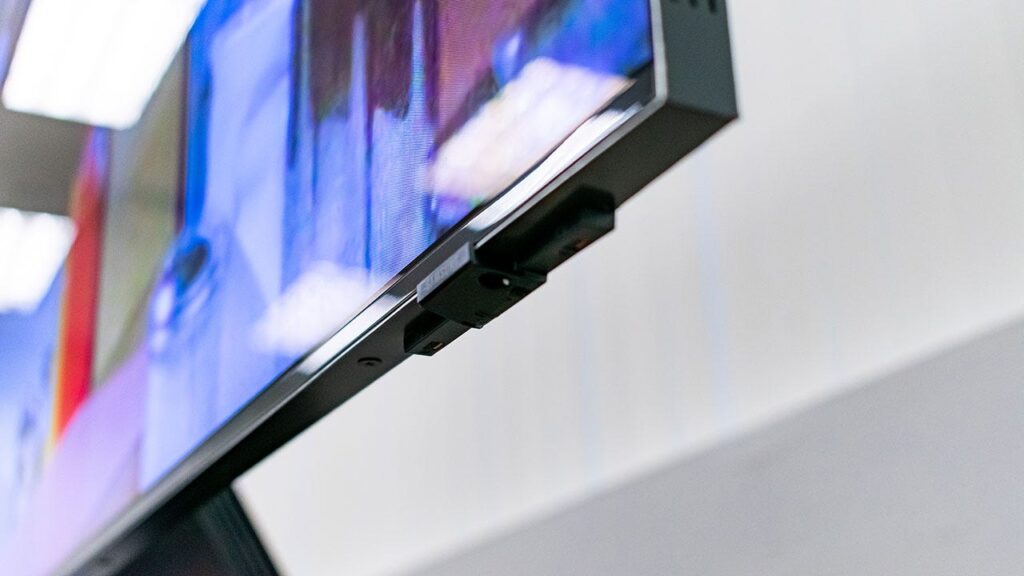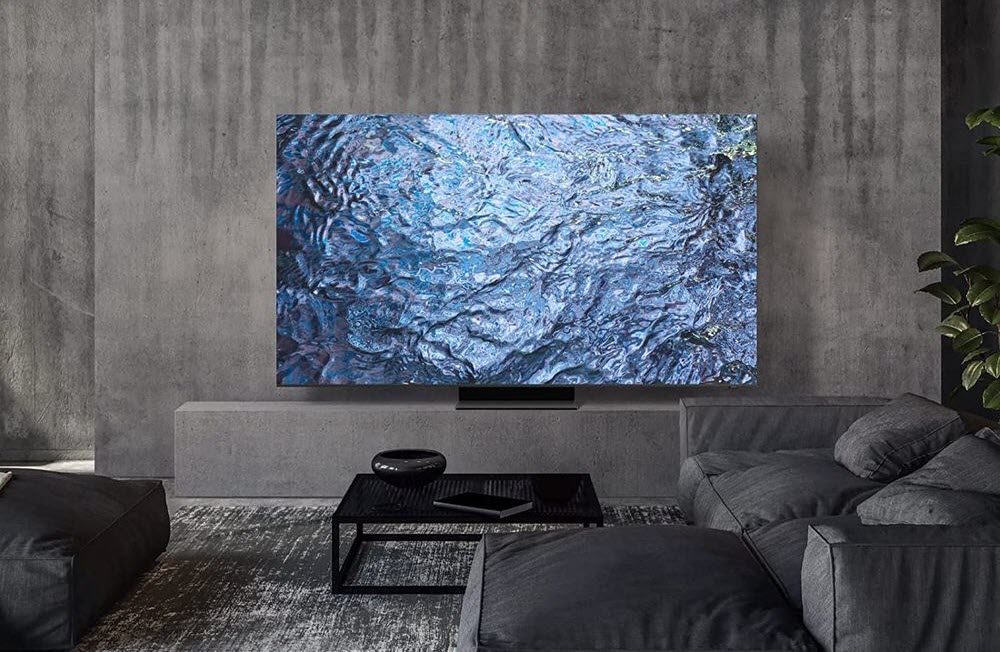8K TVs have been on the market for years, but despite the advanced display technology that allows for great quality by quadrupling the pixels of 4K TVs, there is still one very obvious issue: a shortage of content. There aren’t any 8K videos on Netflix or Disney+, so you can’t just go there and start watching them. In reality, it’s difficult to locate 8K content online, save from a few YouTube films.
Upscaling has been the go-to option up to this point. It employs image processing to make video in 4K and even 1080p quality appear more like 8K. Samsung’s new QN900C Neo QLED TV demonstrates the company’s superior upscaling capabilities. Together with nearly all of Samsung’s greatest LED technologies—quantum dots for amazing color, tiny LEDs and local dimming to rival OLED screens for contrast, and white-hot brightness—this TV offers excellent upscaling. All of these features are combined into one incredibly beautiful but pricey panel.

All in all, the picture quality is astounding, with maybe the clearest image I’ve ever seen on a TV outside of a CES hotel room. True 8K content is little more than a lovely illusion, and the QN900C costs far more than its premium 4K relatives, let alone bargain choices like the Hisense U8K (8/10, WIRED Recommends). However, if you don’t care about cost and want the greatest image out there, the TV’s numerous features can make the purchase worthwhile.
Slick and Slim

When the QN900C is taken out of its package, its remarkably tiny display with a latticed metal border is seen. Even in the 65-inch model we tested, it weighs a lot, but considering that the QN900C relies on an LED backlight layer to power its imaging—a contrast to OLED displays—its depth of little over half an inch is astounding.
The Samsung One Connect box, which houses all of the TV’s inputs in a separate panel that connects to the TV with a single wire, helps to some extent to achieve the tiny depth. You may place the box on your TV console or mount it on the back of the TV. Similar to Samsung’s S95C 4K OLED (8/10, WIRED Recommends) panel, the ultra-slim bezels and the company’s pedestal stand reminiscent of a springboard combine to create an image that nearly seems to float.
The TV is reasonably easy to assemble after its large package of equipment is opened. The pedestal support presents the main difficulty during assembly; it’s more of a click-and-clang process where you have to feel it as you go until it clicks into place. After then, the TV’s assembly proceeds as planned for the other parts.
Top Features

The QN900C has a ton of features, as one might anticipate from a TV this size. Starting with four HDMI 2.1 fully loaded inputs, you can source 8K video and game material in 4K at up to 144 frames per second.
In relation to gaming, the QN900C is equipped with Samsung’s elegant Gaming Hub, which provides a plethora of cool gaming features and options, such as cloud streaming from services like Xbox Cloud Gaming and Nvidia GeForce Now. Additionally supported are auto low latency mode for rapid input response and variable refresh rate to match fast-paced games. You may even make your own in-game crosshairs using Gaming Hub.
Like other Samsung TVs, this one supports the majority of high dynamic range formats, but not Dolby Vision. Dolby Vision, which is highly valued for its scene-by-scene HDR correction, is used on a lot of streaming material; nevertheless, TVs that do not support it will continue to use the less dynamic HDR10 or the comparable HDR10+.
For TV speakers, at least, many woofers and up to 6.2.4-channel sound compatibility offer some respectable weight and aural separation, although you’ll probably still want to connect an audio device via the TV’s HDMI eARC connector. One of Samsung’s best Dolby Atmos soundbars, such as the eponymously called HW-Q990C ($1,400), enables you to synergize the sound output of the TV and soundbar.
Middling Smarts
Although Samsung’s Tizen smart interface is slick and appealing, it lags behind some of my favorite streaming services, such as Roku and Google TV, especially for this price. Rather from having all of the settings clearly accessible, it almost seems to deliberately limit some of your usage. For the most realistic image in the menu, for instance, you may quickly switch the picture to Movie or Filmmaker mode. However, other options are dispersed across the menu bar, most of which are by default set under Expert options all the way at the end.
Along with Bixby, the TV has Alexa integrated for search, some interesting ambient settings, and standard features like AirPlay streaming. However, Google Chromecast is not available, which is a strange omission given that Samsung produces Android phones. For some reason, I too encountered some loading problems with Peackock.
Once you get the hang of it, you can alter most important settings as required. Over the course of a few weeks, Tizen worked well for me overall. Always feel free to add an inexpensive streaming device.
I must also commend Samsung’s remote control. It has a smooth and friendly navigation key, and it’s not just solar-powered and battery-free (with USB-C as a backup). It’s also remarkably ergonomic. It’s without a doubt my best remote control ever.
A Fabulous Picture
The QN900C delivers a very crisp and detailed image that truly brings out the most in 4K and even HD movies, thanks to its amazing image processing and 8K upscaling. The 65-inch model sparkled in my tiny living room, but the 77- and 85-inch variants will probably be much more visible for their clarity. Face pores and microscopic hairs seem to emerge sharply defined from the woodwork.
The vodka-clear water in Netflix’s Our Planet looks to be splashing on the screen when seen underwater in 4K HDR, giving the impression of looking through a recently cleaned glass. Although 8K videos on YouTube can be rather slow to load and you’ll probably need one of the bigger models to see much of a difference, you can up the ante even higher.
The word “fabulous” kept up in my notes to describe the colors, which are displayed in deep blues, glossy slivers and golds, and ruby reds that shift in voluminous tones throughout HDR material. Games like Gods of War Ragnarok and Witcher 3 appear to shine like flaming embers, giving the impression that gaming is particularly lovely and bright. Similar to the S95C, reds might occasionally appear a little overdone, but you can quickly bring them down by making a few adjustments to the color settings or changing the temperature from Warm 2 to Warm 1.
The QN900C’s brightness surpasses that of OLED panels and the majority of rival LED TVs, which is particularly evident in dramatic scenes with flashing lights or exploding explosions. According to most measures, the TV is significantly brighter in Vivid mode and well over 2,000 nits in HDR, which is its most accurate setting. Standard, non-HDR material also looks great while maintaining the overall balance.
Thanks to its several dimming zones and Mini LEDs, which provide more accurate picture adjustment, the QN900C makes a rather good impression for an OLED display in terms of contrast. When using local dimming on Standard or High, you’ll have oily, OLED-like black depths and very little “haloing” or cloudiness surrounding bright objects; however, the latter setting occasionally becomes overly harsh with onscreen tweaks. In bright environments, the TV may also obfuscate some shadow detail with the darkest material; however, this may be fixed by using the Shadow Detail or Contrast Enhancer settings.
The performance of the QN900C that you cannot change is what I find most annoying. Moving too far off center will result in some color loss, as with most LED displays, albeit it won’t be as visible as with most less expensive ones. Moreover, although the screen minimizes reflections in most cases, it produces a strange rainbow look when used with above lights, particularly recessed illumination. Most people will only have to deal with these small difficulties, but they nevertheless need thought.
Personally, I would swap the QN900C for a more expensive high-end OLED display, such as Sony’s A95L ($3,500), LG’s G3 ($3,800), or Samsung’s magnificent S95C ($2,298). To be sure, you lose some HDR pop and 8K upscaling, but in my opinion, the picture is more consistent and realistic, and modern high-end OLEDs are rather bright. With Samsung’s QN95C 4K Neo QLED, you might also save some money, but you’ll have to give up the One Connect Box.
The 8K resolution of the QN900C is not really necessary, and it will cost you money. However, this is the one to choose if you really must have the finest and brightest LED display.



